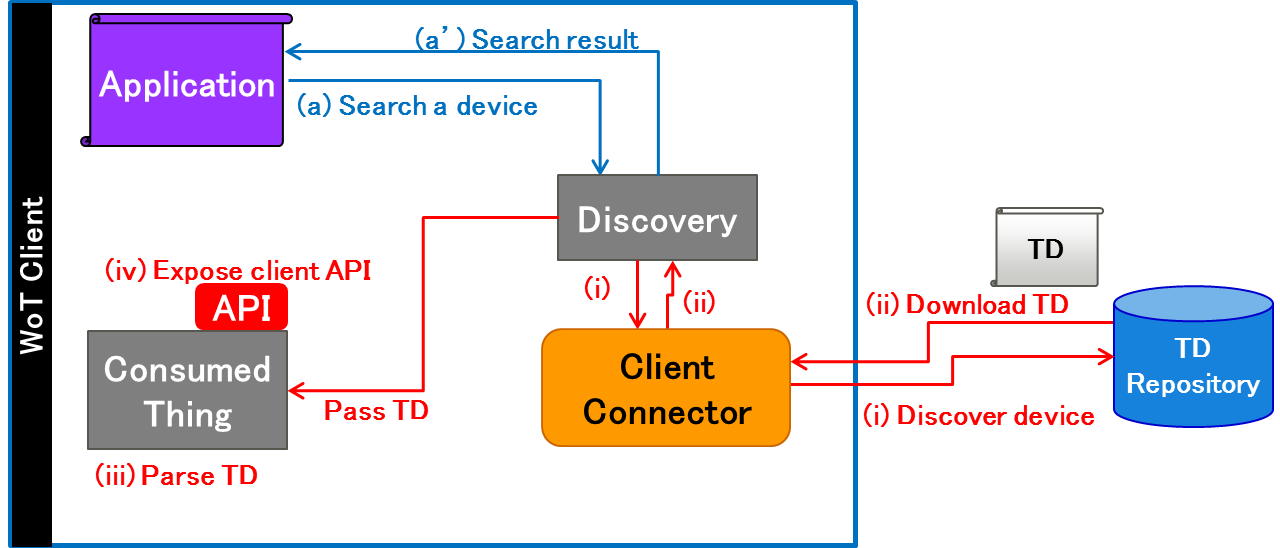

Whenever the chatbox is expanded, the given callback function will be triggered.Ī visitor to your site might expand the chatbox, but not initiate a conversation. If you need to work with multiple languages, use our API to localize language strings. (Okay, not everything, but it is amazing what you can achieve with a few lines of JavaScript code.) The three layers build on top of one another nicely. Follow the get started instructions to get the API and start developing. JavaScript is a scripting language that enables you to create dynamically updating content, control multimedia, animate images, and pretty much everything else. You can translate the chat box into any language in your text settings and editing the text. If you are new to ArcGIS start with the mapping APIs and location services guide. The API is intended to be self-serve for web developers, so we’re not able to write or debug your own code. We’ll do our best to help with any questions you have. Let us know if you have an interesting implementation and we may publish it. We’re very excited when we see examples of the API used in creative ways. We encourage developers to write their own JavaScript to extend the Olark functionality on their sites. Put configuration calls before olark.identify: /* custom configuration goes here (*/ Where to place codeĬonfiguration calls must be used when the chatbox first loads on a page. Use the !develop command from the agent console to reveal helpful debug tools on the visitor’s chatbox.
Java scripting api update#
You can decide, how, when and where to display the chat box on your site, as well as view and update visitor information. The most recent Frame object is passed to your callback function.We offer a powerful Javascript API that gives you flexibility and control over the behavior of the Olark chat box. The scripting API consists of interfaces and classes that define Java Scripting Engines and provides a framework for their use in Java applications. Added in LeapJS version 0.4.3.Ī function called when the browser is ready to draw to the screen. Setting loopWhileDisconnected to false can minimize your app’s use of computing resources, but may irregularly slow down or stop any animations driven by the frame loop. If you set this to false, the animation loop does only runs when the Controller() object is connected to the Leap Motion service and only when a new frame of data is available. loopWhileDisconnected - Defaults to true, which means the animation frame loop runs at all times.This tells the controller to use all plugins included So-called Application Programming Interfaces ( APIs) provide you with extra superpowers to use in your JavaScript code. frameEventName - The type of update loop to use for processing frame data.ĪnimationFrame uses the browser animation loop (generally 60 fps), whileĭeviceFrame runs at the Leap Motion controller frame rate (about 20 toĢ00 fps depending on the user’s settings and available computing power).īy default, loop() uses the animationFrame update mechanism.optimizeHMD - Set to true to when mounting the Leap Motion hardware to a head-mounted display.background - Set to true to enable this application to receive frames when not the foreground application.port - The port on which the WebSocket server is listening.Usually, this is the local host address: 127.0.0.1. In your script, you can use anything from the JavaScript standard library, except for DOM APIs that interact with HTML on the page. host - The host name or IP address of the WebSocket server providing.Arguments:Īn object containing the option values for this Controller: The same frame of Leap data can be passed to your function in successiveĪs an alternative, you can create your own Controller() object andĮither poll the controller for frames when you are ready to process them or Leap is producing frames at a slower rate than the browser frame rate, Recent frame of Leap data is passed to your callback function. Typically, this is on an interval of 60 frames/second. To create your own controller when using this method.īy default, your callback function is called on an interval determined by the clientīrowser. Invokes the specified callback function on a regular update intervall. The loop() function sets up the Leap controller and WebSocket connection and


 0 kommentar(er)
0 kommentar(er)
